Analyzing Legislation & Interventions for Positive Behavior
VerifiedAdded on 2023/03/21
|7
|667
|35
Report
AI Summary
This report discusses the legal framework surrounding restrictive interventions in health and social care, emphasizing the importance of promoting positive behavior. It references key legislations such as the Criminal Law Act 1967, Health and Safety at Work Act 1974, Human Rights Act 1998, and Mental Health Act 1983, highlighting their roles in ensuring safety and rights. The report underscores the necessity of implementing the least restrictive interventions, maintaining effective working relationships, and minimizing risks. It also details essential safeguards when restrictive physical interventions are used, including preventing excessive force and ensuring compliance with legislation. Furthermore, the report outlines various types of challenging behaviors, such as self-injury, physical aggression, classroom disruption, stereotyped behavior, and non-compliance. The document concludes by referencing academic sources on customer loyalty and career competency.
1 out of 7

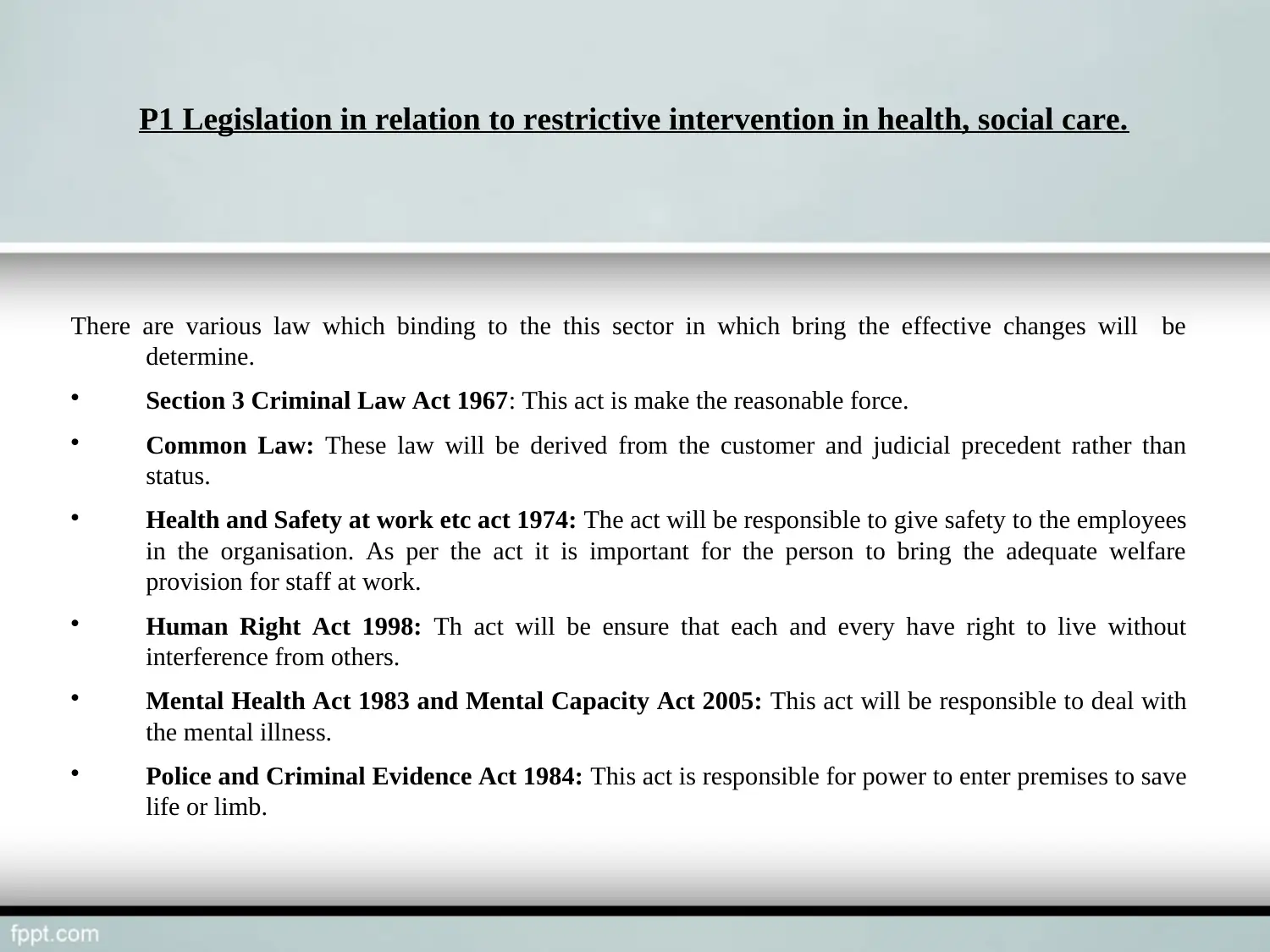
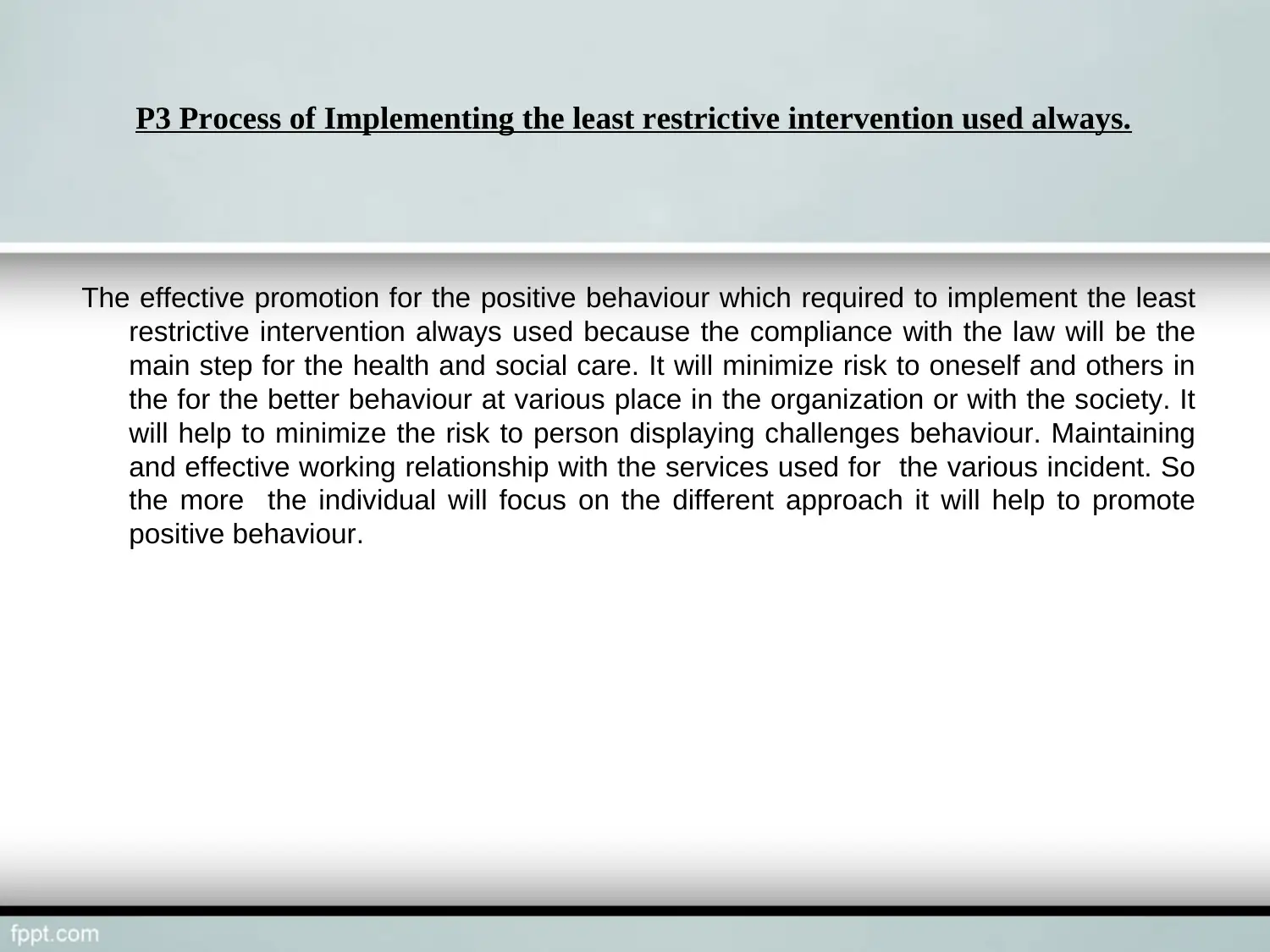

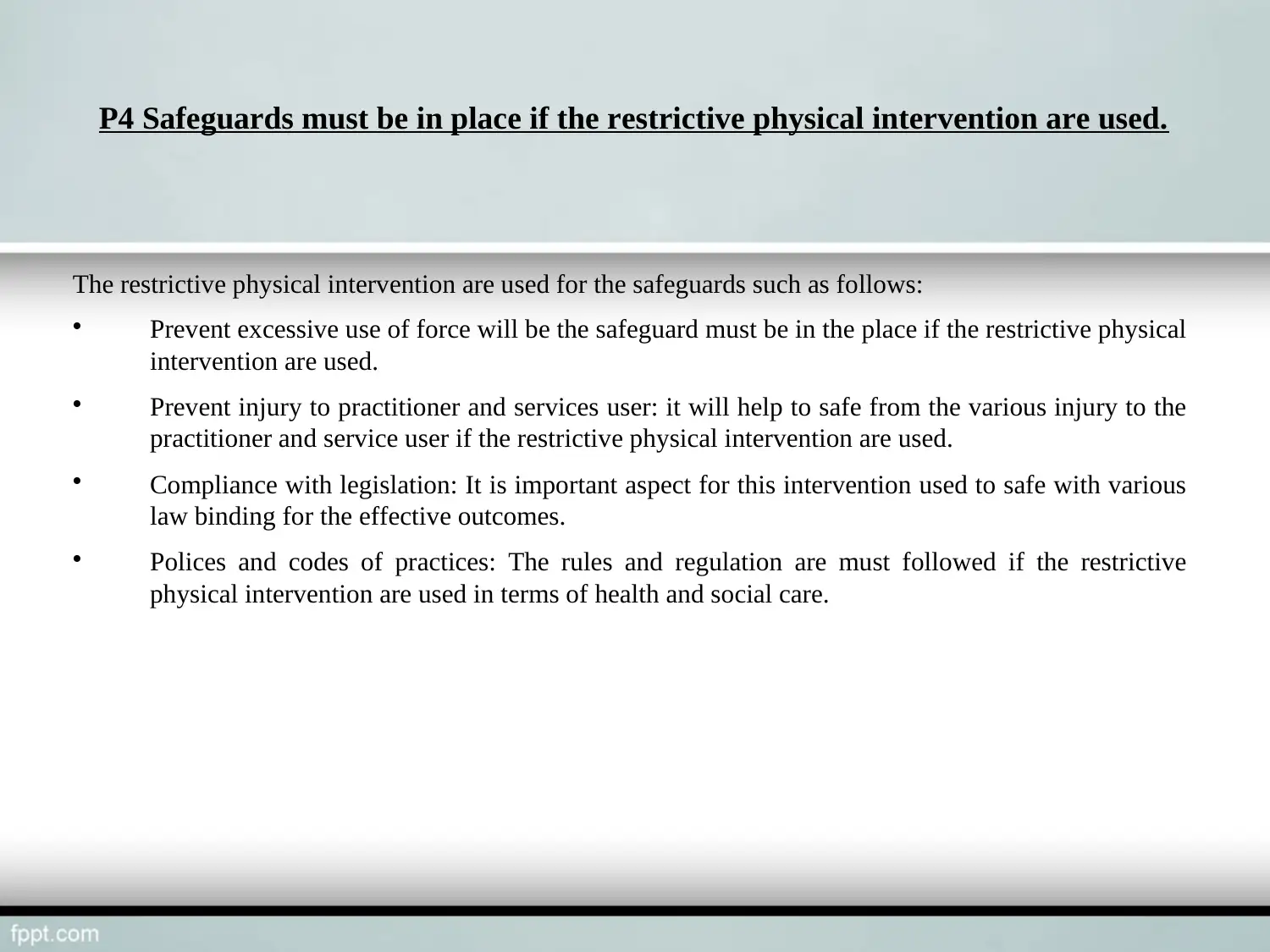
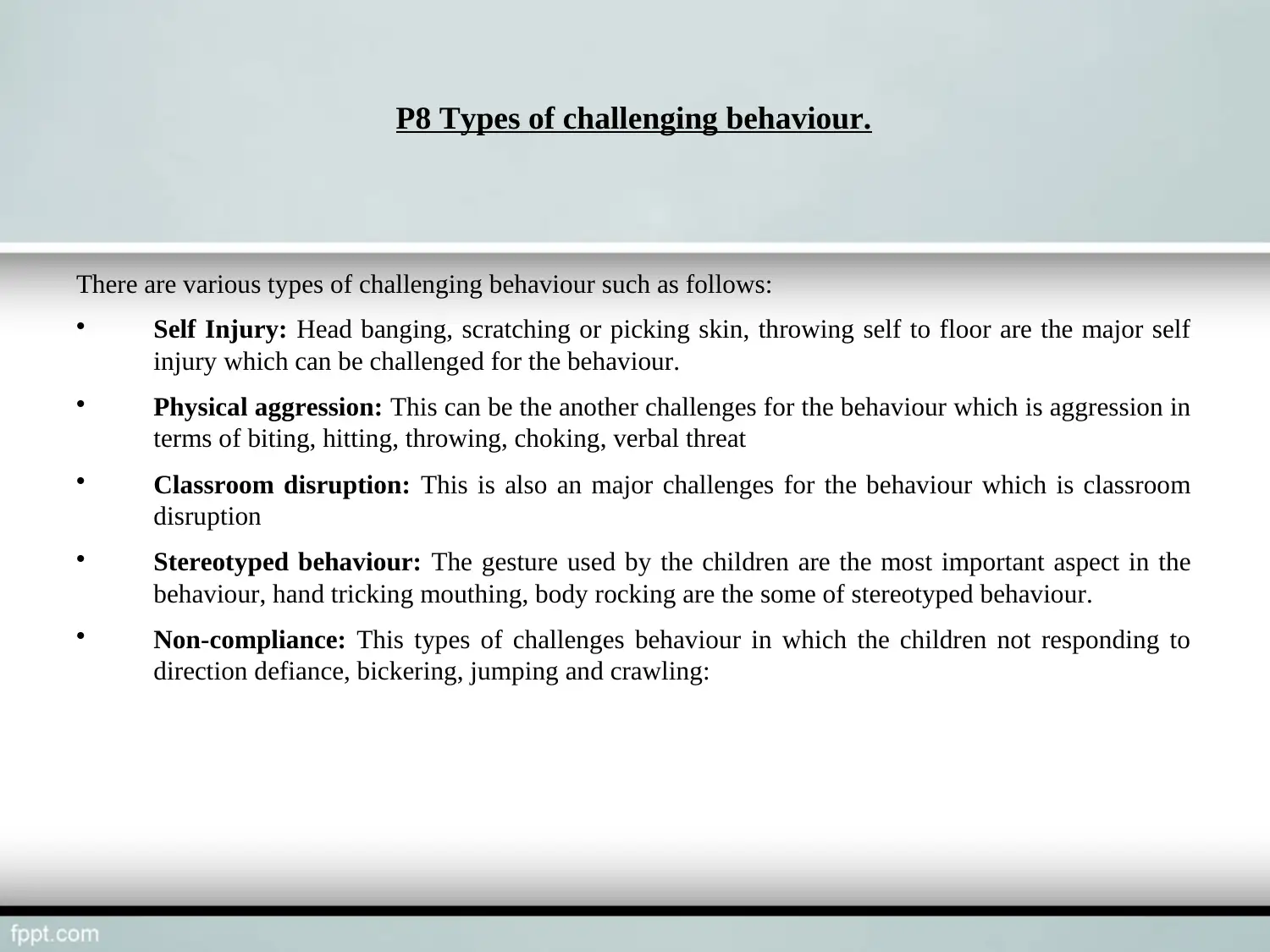
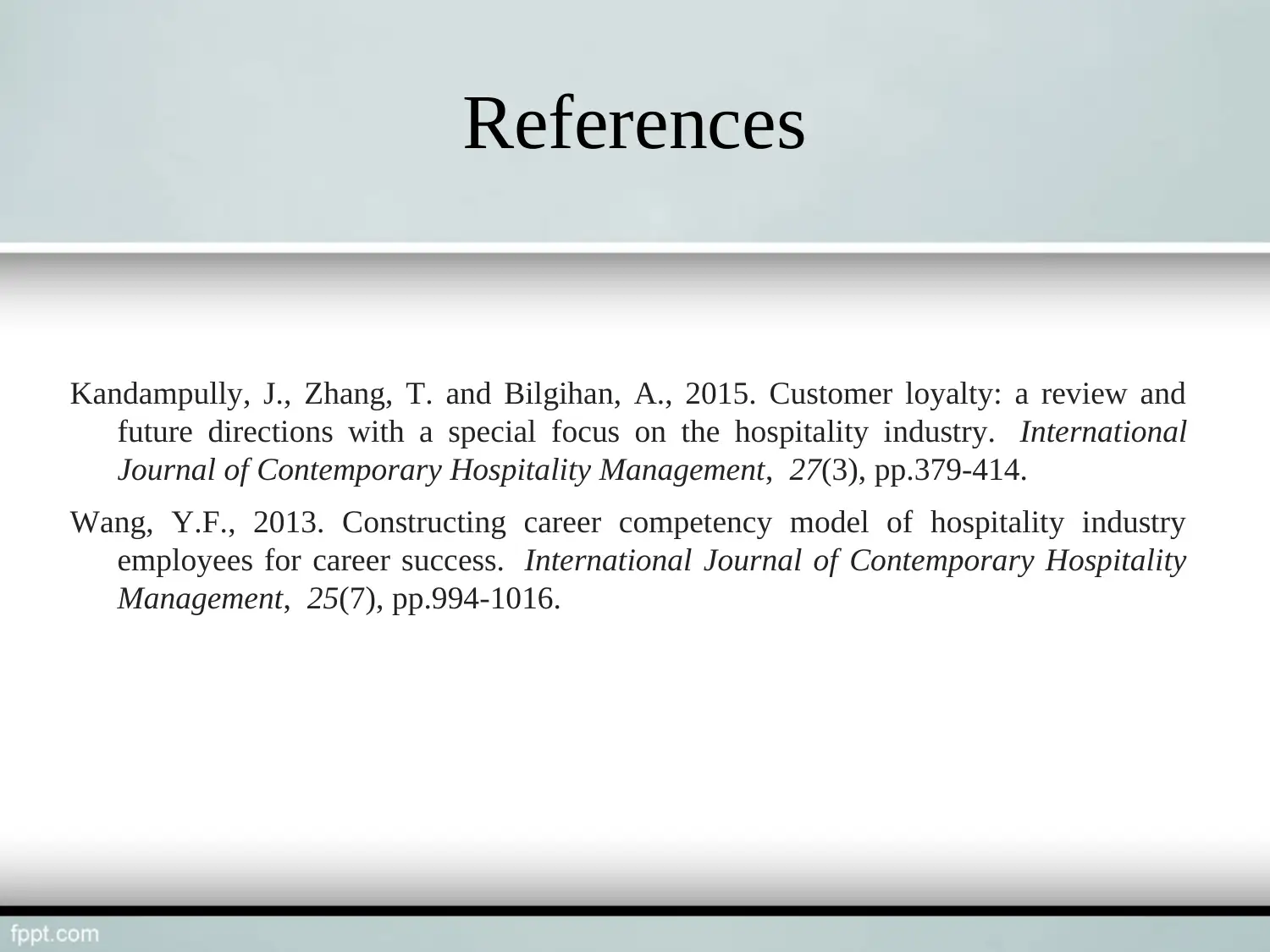







![[object Object]](/_next/static/media/star-bottom.7253800d.svg)